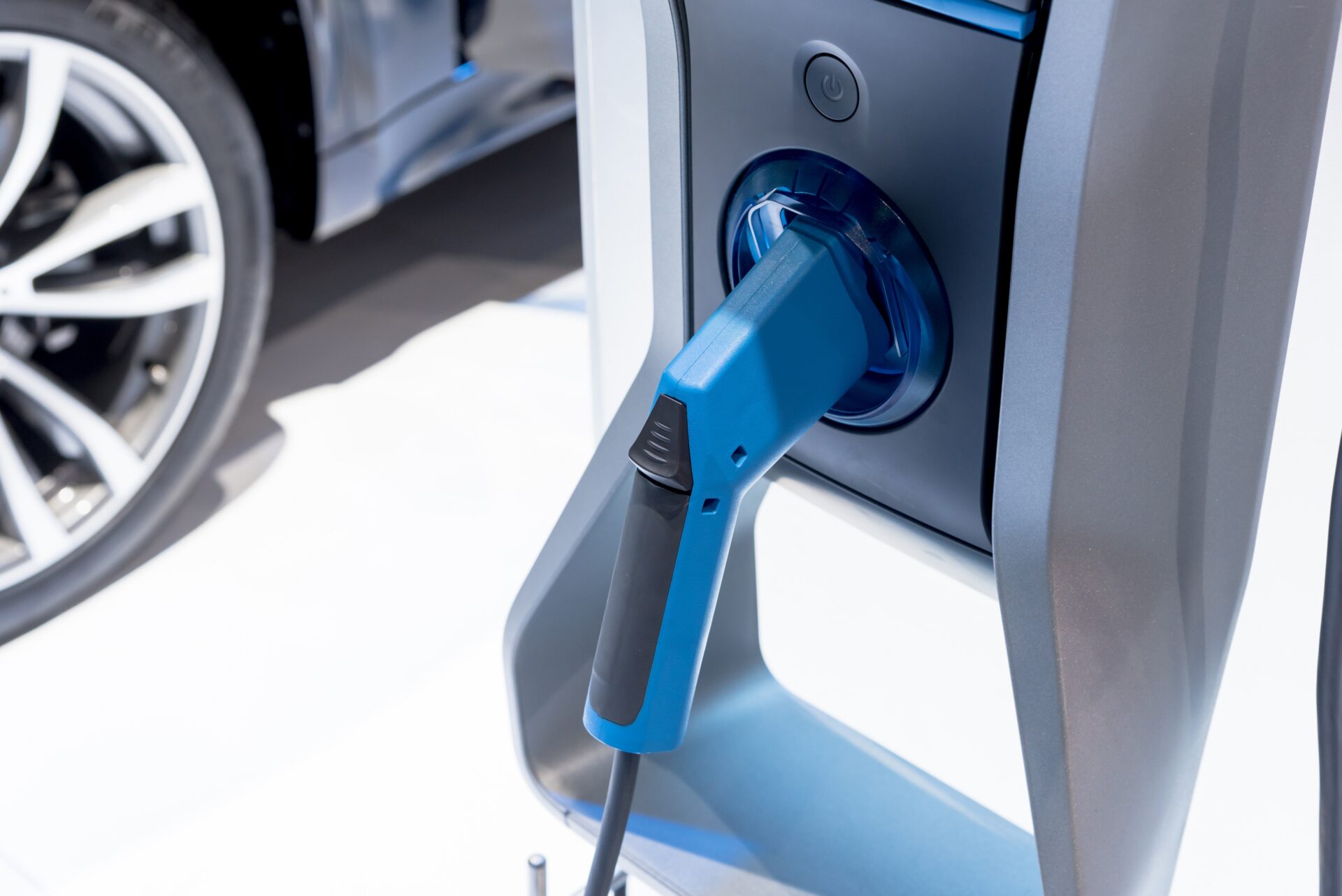Electrification of transportation is critical for achieving Canada’s goals for greenhouse gas emissions reduction. With gas prices going up, more and more Canadians are exploring electric and hybrid car options. This interest is further fueled by the federal government’s mandate of 100% zero-emission vehicle sales by 2035¹. As a result, the number of electric vehicles (EVs) on our roads is growing steadily. While the transition to electric mobility is widely viewed as a positive development, it also brings some challenges.
Adoption of electric vehicles depends on reliable fast-charging options
Ensuring that we have a robust charging infrastructure capable of supporting EVs is one of the challenges for electric transportation. The widespread adoption of EVs depends greatly on the availability of reliable DC fast chargers that allow drivers to charge batteries up to 80% in about 30 minutes.
Building a sufficient charging network across the whole country is no small task. It is estimated that a $20 billion investment will be required over the next 30 years to do so². Canada’s federal government has already promised $680 million³ to build more charging stations across the country, and more investments are expected from other actors in the EV ecosystem.
Power generation and electrical infrastructure will need to accommodate electric vehicles
Widespread EV deployment also requires considerations for their electrical demand. What will happen when millions of EVs start charging overnight? Some believe this will create an energy demand problem. Collaboration with electrical utilities is critical to align generation and transmission infrastructure capacity so that they can meet the increased needs.
EV charging needs may also require adapting electrical infrastructure and installations in buildings that were not designed to accommodate such loads. Electric vehicle energy management systems (EVEMS) may offer a solution to these challenges, helping to maximize the usage efficiency of existing electrical infrastructure and avoid prohibitive costs associated with capacity upgrades. On the other hand, EVs, with their ability to store power, can also be part of an energy management solution. They can charge their batteries at the time of low energy demand and transfer power to buildings, the electrical grid, or other vehicles when the demand is high.
The role of standards in electrifying transportation
The challenges faced by the transportation sector, electrical utilities, and manufacturers can be partly addressed through codes and standards. First of all, standards can provide requirements and guidance that promote quality, safety, and efficient performance of services, products, and systems.
Electrification of transportation involves players from various sectors, including the automotive industry, utilities, transportation infrastructure, and technology companies, as well as all three levels of government. Standards can play a key role in bringing all interested parties together to address issues and challenges collectively and in a collaborative manner. CSA Group’s standards development process is based on consensus and balanced representation. This creates an ideal forum for dialogue across the EV ecosystem, allows for the sharing of information, knowledge, and best practices, and leads to effective and sustainable solutions.
Standards also encourage compatibility and interoperability of products and systems. When harmonized at the national, regional, or international level, standards can help reduce the regulatory burden by aligning common requirements and ultimately reducing time-to-market and costs for manufacturers.
Standards help ensure safety of electric vehicle fast chargers
The EV fast charging infrastructure delivers high power. As the chargers are being used by the public, it is crucial to prioritize their safety. At the request of industry and manufacturers, CSA Group facilitated the development of a tri-national standard CSA C22.2 No. 346:22, DC charging equipment for electric vehicles. This standard provides safety requirements for the construction, performance, testing, and marking of DC fast charging equipment in North America, as well as for the protection of users of this equipment against injury.
This standard can be used by manufacturers seeking clarity on the safety requirements for their products, as well as by conformity assessment bodies to test and certify products for electrical safety compliance. While the standard provides requirements for DC fast charging supply equipment for EVs in the Canadian context, the standard is also accepted in the U.S. and Mexico, helping ensure compatibility and interoperability of charging systems across North America.
Standards help adapt electrical infrastructure in buildings for electric vehicles
In urban areas, many people live in apartment buildings and condominiums with parking garages. Residents in these buildings require access to vehicle charging, but incoming electrical supplies, transformers, electrical panels, and feeders typically have insufficient spare capacity to accommodate dedicated electric vehicle supply equipment (EVSE) for each parking stall. A potential solution to this limitation is implementing electric vehicle energy management systems (EVEMS).
In its 2018 edition, the Canadian Electrical Code, Part I (CSA C22.1) recognized technology advancements and allowed installations of EVEMS as a means to control electric vehicle supply equipment loads. The soon-to-be-published 2024 edition of the Code will help further prepare buildings for more electric vehicles. It will require EVSE and EVEMS demand factors to be considered in load calculations for multi-unit apartment buildings and similar dwellings. This will impact the size of conductors and circuit protection used.
In addition to the provisions for EVEMS included in the Canadian Electrical Code, Part I, CSA Group has also published a technical specification (CSA SPE-343:21) that provides guidance for the development of demand management strategies using energy management systems and energy storage. This helps remove a significant barrier to the adoption of EVEMS technologies, as it provides a consistent basis for testing and certification of products and systems in Canada.
Systemic approach to integrating electric vehicles
CSA Group has been engaged in activities supporting the development and implementation of EV charging technologies and their harmonization across North America since 2010. Our standardization approach helps to seamlessly integrate EVs into the electrical system. Addressing techniques such as energy management, bi-directional power transfer, and energy storage will help overcome the challenges of increased energy demand and support the widescale adoption of EVs.
Our standards also support the adoption of EVs for various other transportation modes, contributing to broader electrification and decarbonization of the transportation sector.
Harmonizing these standards across North America further helps promote the adoption of electric vehicles, increase public confidence in EV and energy storage technologies, and, ultimately, contribute to reducing greenhouse gas emissions from the transportation sector.
Visit the CSA Group website to learn more about CSA standards and research for electric vehicle charging and energy management.
Footnote
¹ Canada’s Zero-Emission Vehicle (ZEV) sales targets, Transport Canada, 2020
² Updated Projections of Canada’s Public Charging Infrastructure Needs, Natural Resources Canada, 2022
³ Zero Emission Vehicle Infrastructure Program, Natural Resources Canada, 2023
CSA Group always strives to provide up-to-date and accurate information. However, no representation or warranty, expressed or implied, is made that this information meets your specific needs, and any reliance on this information is at your own risk. Please contact CSA Group for more information about our services.
© 2023 Canadian Standards Association. All Rights Reserved.
Featured image: (iStock)












